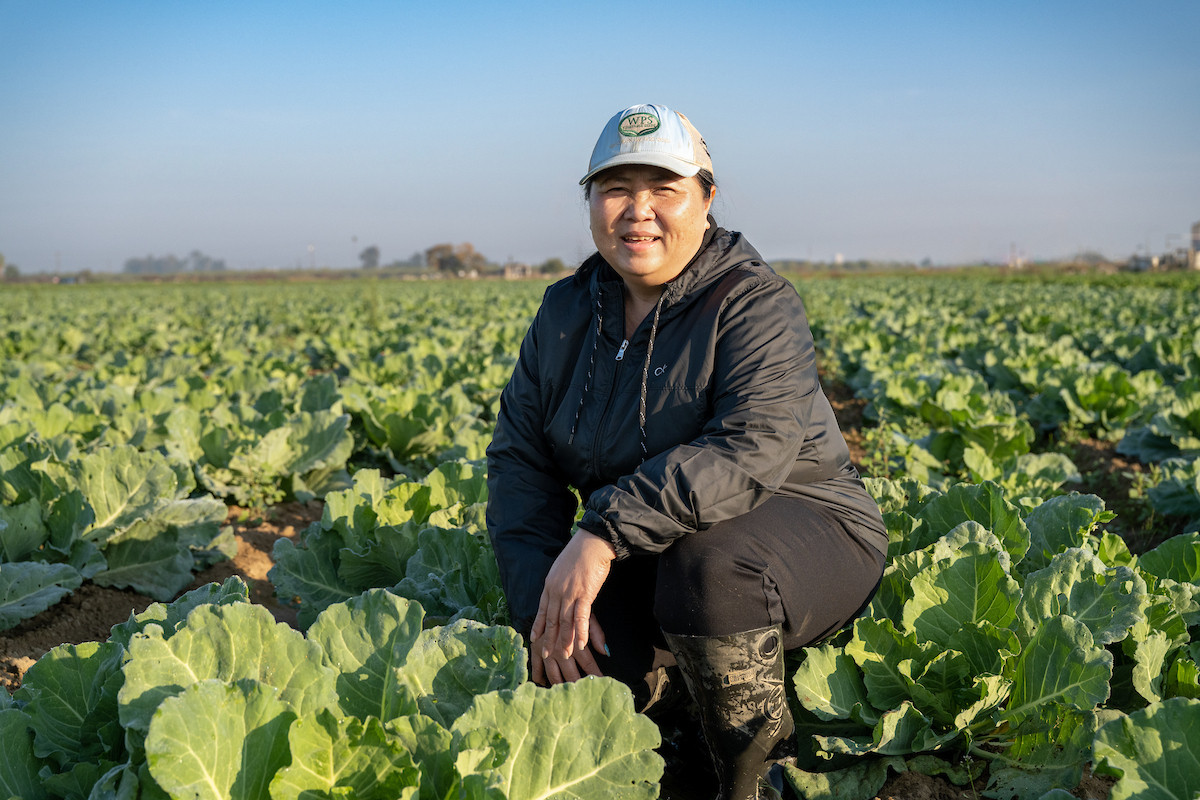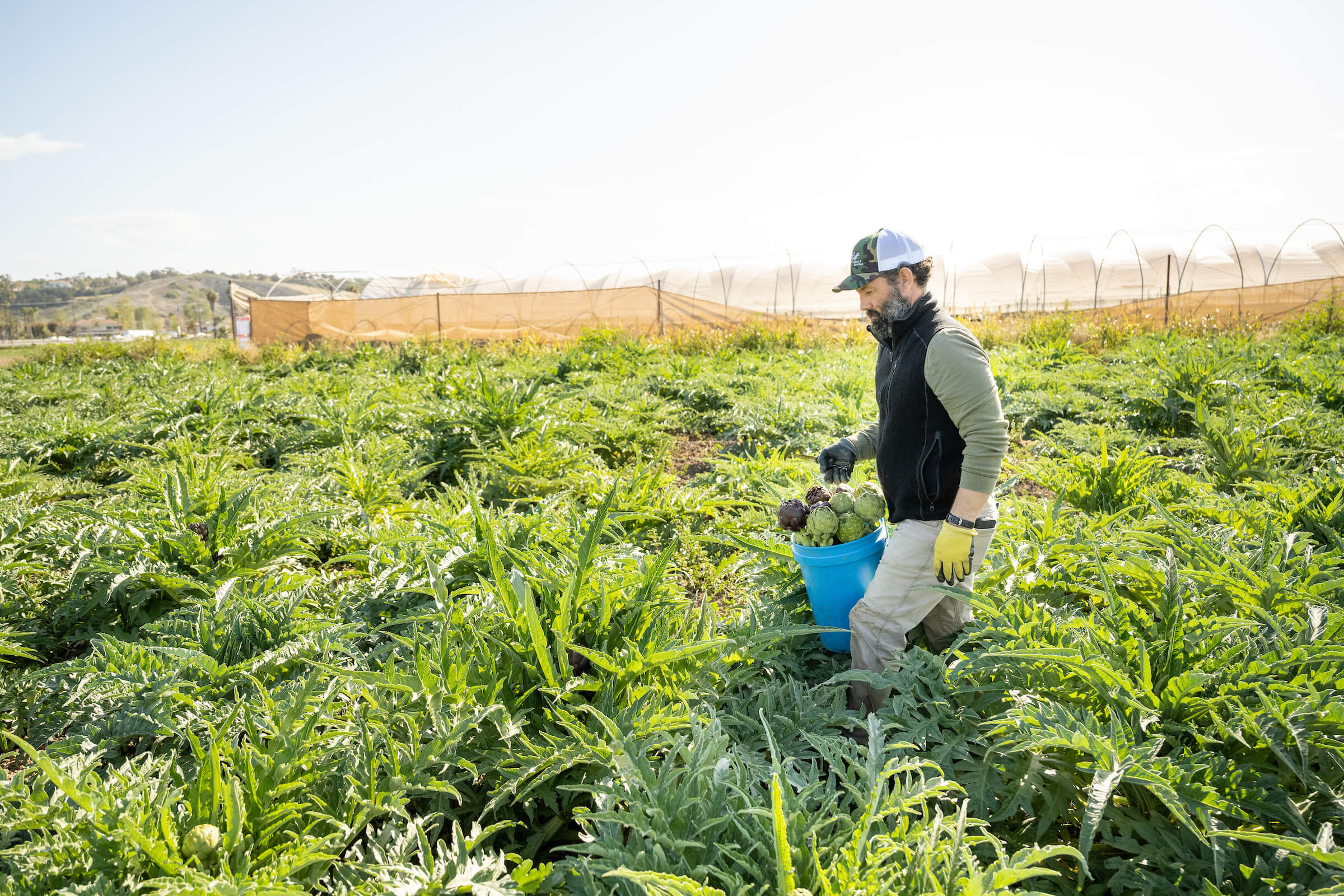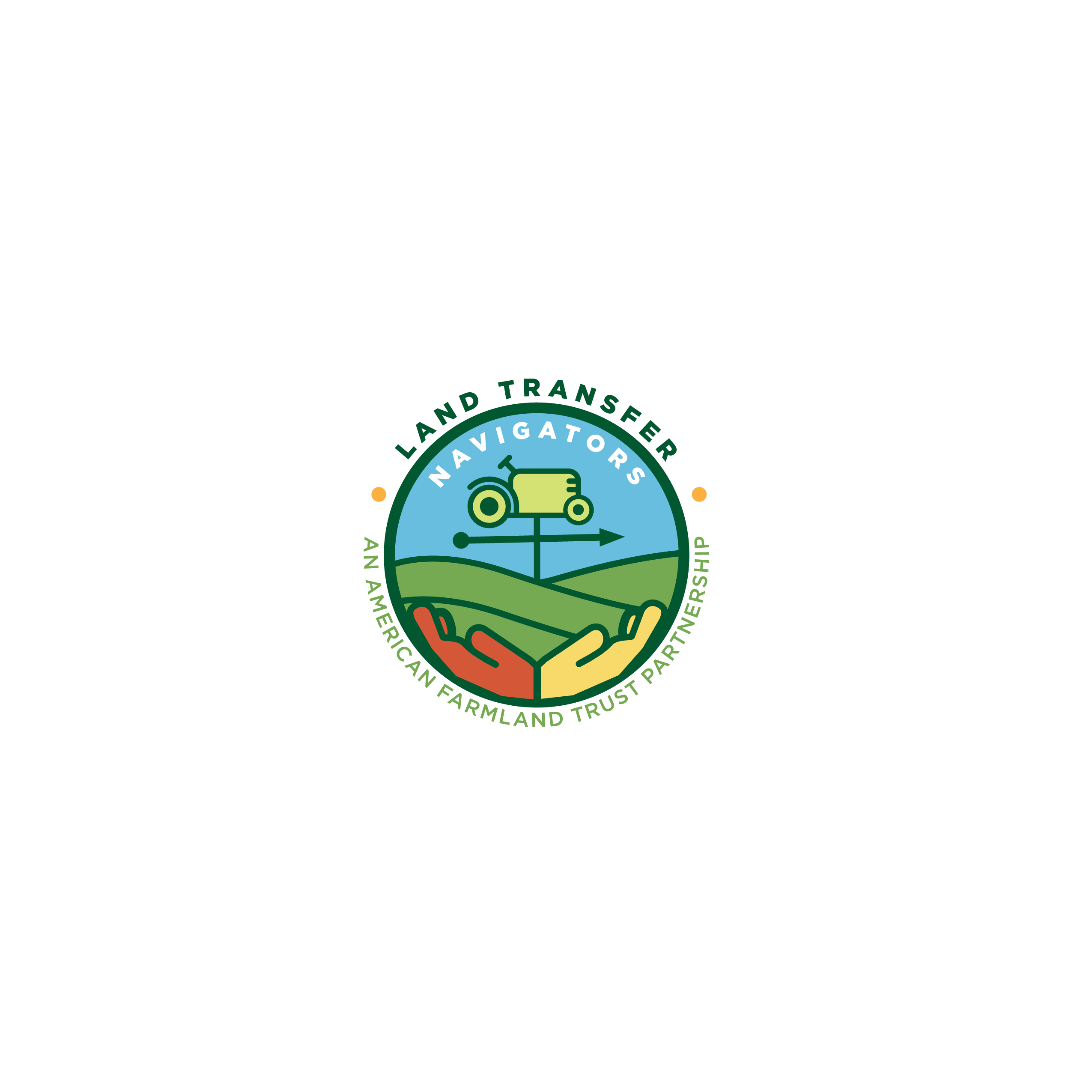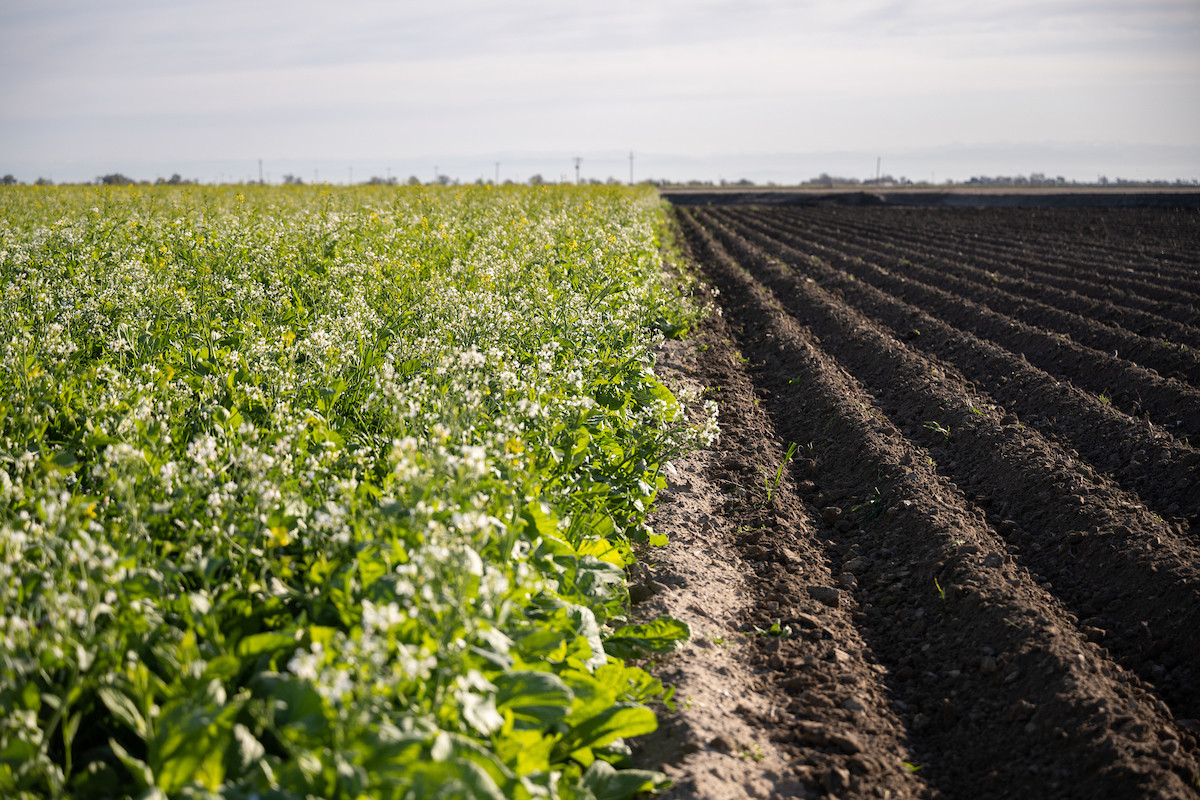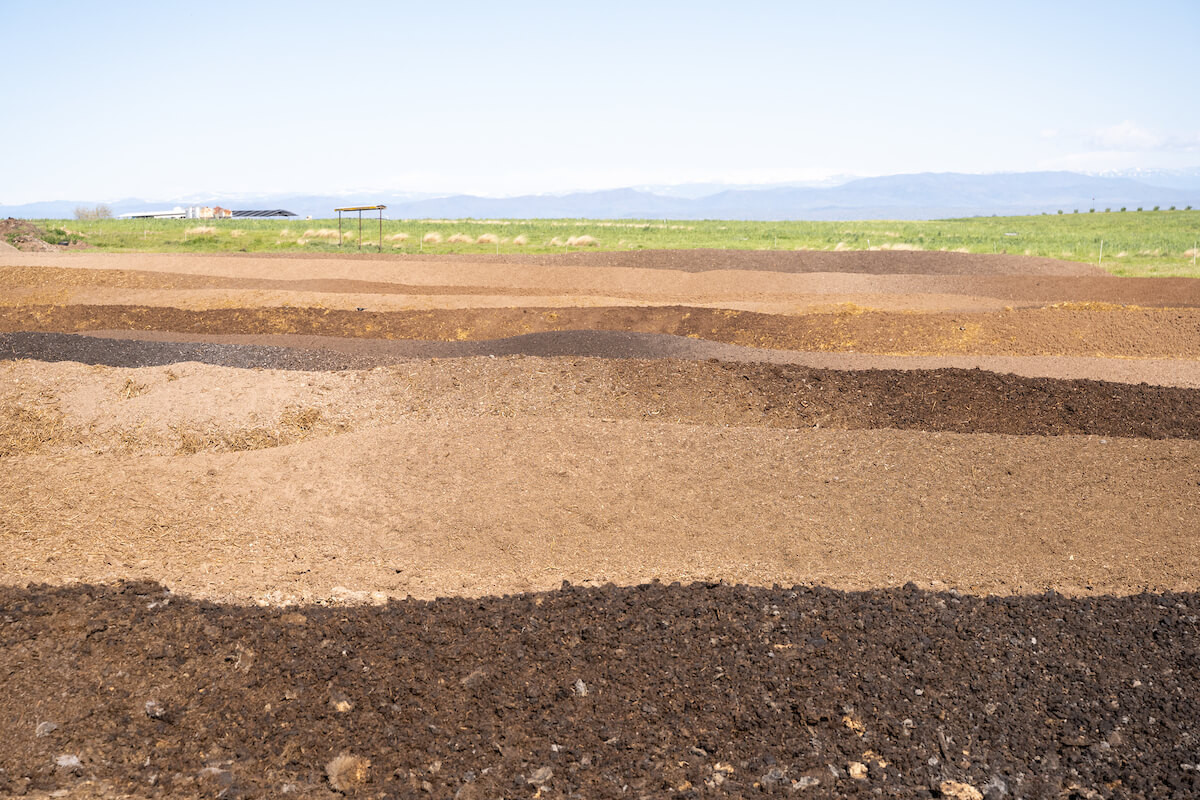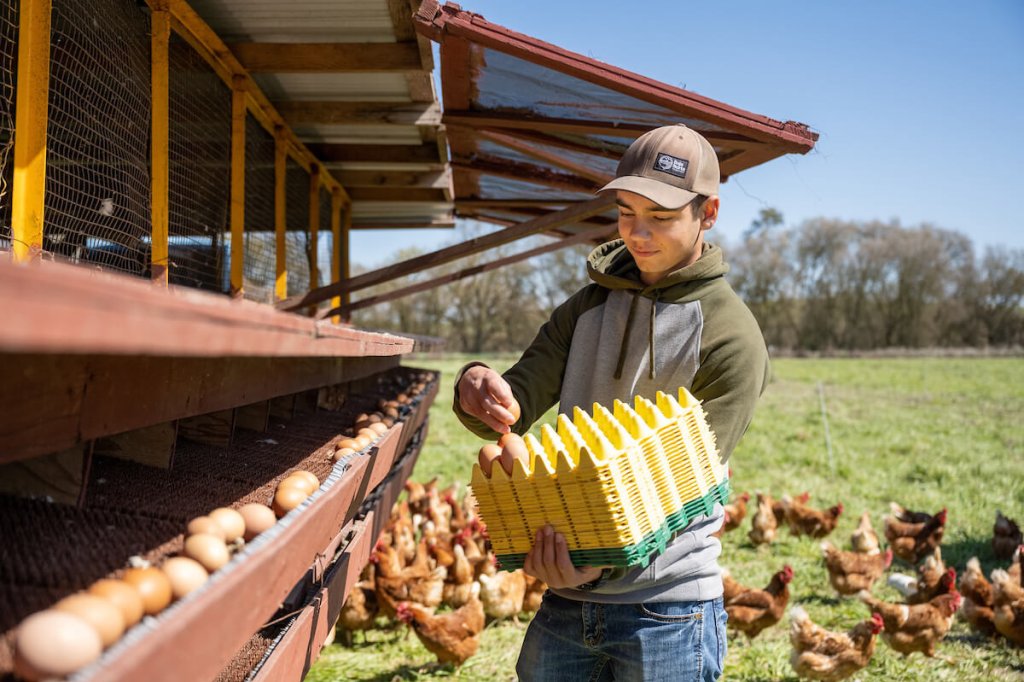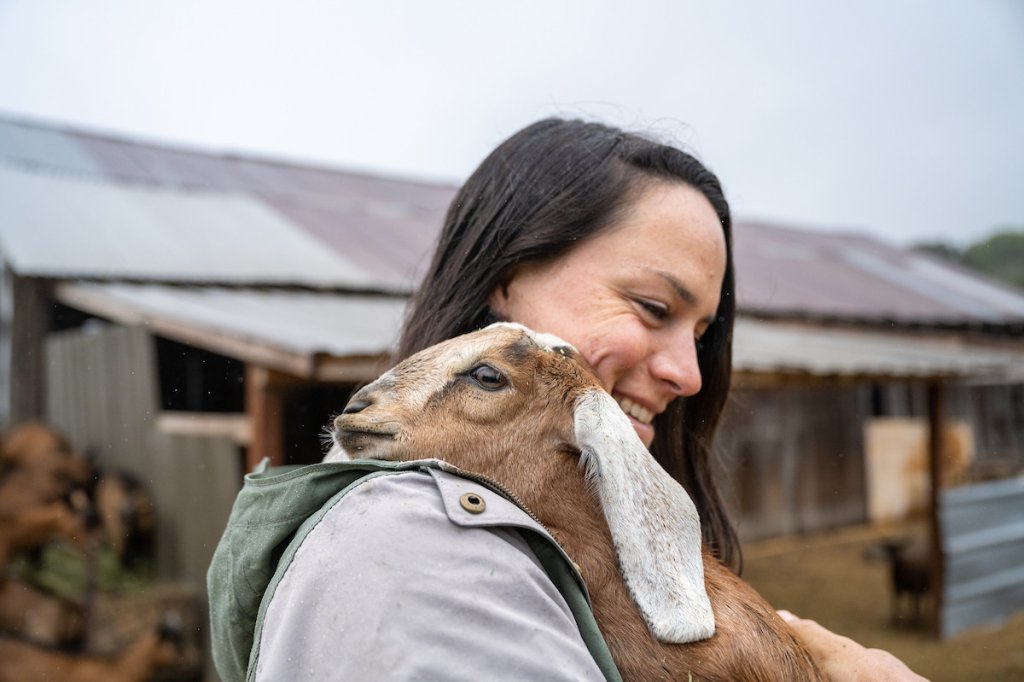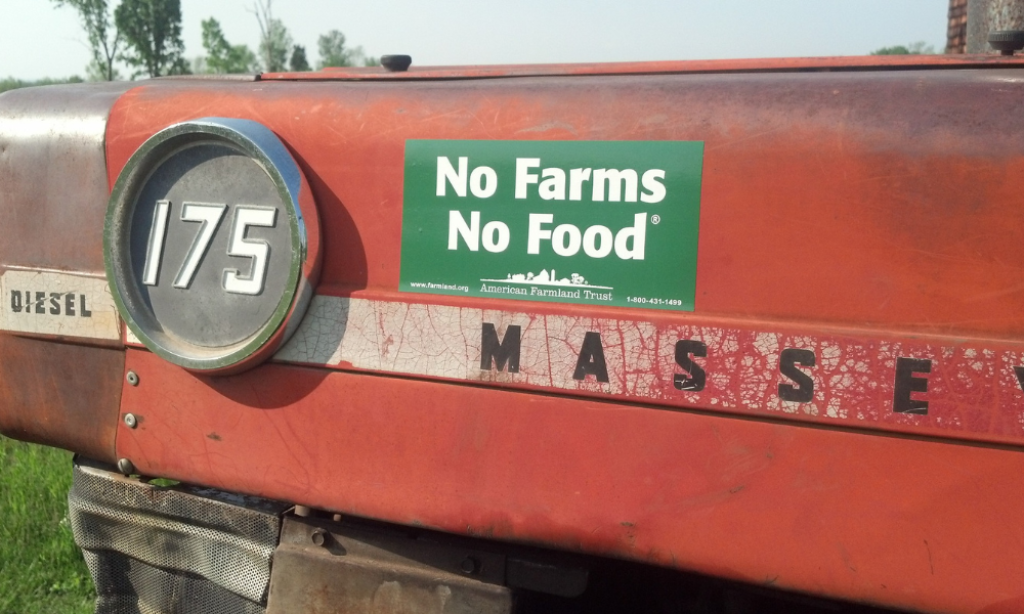Crop Check: What’s Growing in California’s Capitol?
Update on the Current Growing Conditions
As California’s 2025 Legislative session nears its September 13 adjournment, lawmakers are advancing several bills that could significantly impact the State’s working lands and agricultural sector.
In early June, both the Senate and the Assembly met key legislative deadlines, determining which bills would move forward to the opposite chamber. Encouragingly, several proposals aimed at supporting the future of California’s agricultural lands cleared their respective committees and remain in play.
State Budget
The California Legislature is constitutionally required to pass a budget by June 15; otherwise, legislators risk losing their pay. This year, Governor Gavin Newsom signed a roughly $321.1 billion spending plan for the state’s Fiscal Year 2026 that relies heavily on internal borrowing and fund shifts. The plan pulls approximately $7 billion from the state’s rainy-day fund and $6.5 billion from other reserves to help close a projected $12 billion deficit and avoid major cuts. The budget included $600 million for the California Department of Food and Agriculture.
Besides passing the budget, Governor Newsom and legislative leaders agreed on changes to the California Environmental Quality Act (CEQA). These amendments aim to accelerate the construction of affordable housing and manufacturing facilities across the state. The amendment to the law focuses on furthering infill housing on already developed land, in response to soaring housing costs and a worsening homelessness crisis. However, the changes have drawn criticism from environmental advocates who warn that loosening CEQA protection could harm ecosystems and increase pollution. AFT is still evaluating the potential impacts of these changes on the state’s agricultural lands.
Efforts to renegotiate the state’s Cap-and-Invest Program and FY2026 authorization of Proposition 4 funding were not included in the final budget deal. These debates are starting to take place and will be determined in separate policy bills this summer. AFT is committed to ensuring that critical agricultural programs, including the Sustainable Agricultural Conservation Program, continue to receive funding from the Greenhouse Gas Reduction Fund. In addition, the following programs will receive Proposition 4 funding in FY2026:
The Regional Farm Equipment-Sharing Program;
Urban Agriculture Projects
The new Tribal Food Sovereignty Program
Current Crops in Play
Farmland Access and Conservation: AB 524 Gains Momentum
One of the most exciting bills this legislative session is AB 524, the Farmland Access and Conservation for Thriving Communities Act, authored by Assemblymember Wilson. This bill aims to create opportunities for beginning and historically underserved farmers to access agricultural lands while strengthening conservation efforts across California.
AB 524 invests $30 million from Proposition 4 to launch a new Farmland Access Program at the California Department of Conservation. The new program will focus on supporting historically marginalized and beginning farmers in securing land and building sustainable operations. American Farmland Trust is proud to be part of a coalition led by the Community Alliance with Family Farmers (CAFF) that helped craft the bill and is working to advance it. Addressing access to agricultural lands was a top priority for AFT and the Food and Farm Resilience Coalition, as they advocated for sustainable food system funding in Proposition 4.
The new program would do the following, among many other exciting activities:
Offer financial and technical support to help farmers find land, navigate permits, and ensure access to water and other key resources.
Fund soil testing, environmental reviews, and cultural resource surveys.
Support the purchase or long-term lease of farmland, including right of first refusal or other alternative purchase options.
Help tribal governments reclaim ancestral lands and transition tribal fee land into trust.
Provide access to expert advisors like attorneys, real estate brokers, and farm business consultants.
Support land improvements that promote sustainability and long-term stewardship.
The bill outlines specific criteria for grant applicants. Grantees that receive grants through the new program must transfer or lease land to a qualified farmer within five years, ensuring that the land remains in farming and under conservation protections. The bill also includes provisions to ensure the affordability of protected land, such as preemptive purchase rights. AB 524 establishes a dedicated Farmland Access Fund, supported by both public and private funds, to sustain the program over time.
AB 524 is a bold step toward a fairer, more resilient, food-secure California. To learn more about the need for this important bill, read CAFF’s sign-on letter here.
AFT’s 2025 Cap and Invest 15-year Re-Authorization Priorities
California’s Cap-and-Invest Program is a market-based mechanism designed to reduce greenhouse gas (GHG) emissions. It was established under AB 32 (2006) and extended by AB 398 (2017). The California Air Resources Board (CARB) launched the program in 2012 and is set to expire in 2030. The market-based Cap-and-Invest program (formally known as “Cap-and-Trade”) creates revenue for the state through a declining limit, or “cap,” on large greenhouse gas emissions generated by facilities, including oil refineries, electric utilities, and manufacturers. There are approximately 400 regulated entities in California that account for roughly 75% of the state’s annual greenhouse gas emissions. CARB offers a set number of annual allowances that are equal to the emissions cap. Half of the allowances are offered to electric and gas utilities and industry for free, with the goal of protecting consumers from large rate hikes and preventing companies from moving outside of California. The state sells the remaining “allowances” at quarterly auctions, and the revenues from these auctions are deposited in the state’s Greenhouse Gas Reduction Fund (GGRF).
The State legislature then divides GGRF funds among the following sectors:
High-speed rail (25% of GGRF)
Affordable housing and sustainable communities (20% of GGRF)1
Transit and intercity rail (10% of GGRF)
Safe drinking water infrastructure (5% of GGRF)
The remaining 40% is discretionary funding
In a March 2025 blog, the California Climate and Agriculture Network (CalCAN) wrote: “Though the [agricultural] sector is currently responsible for 8% of emissions and has the capacity to sequester carbon, the sector has only received 2% of GGRF funds continuously (for the Sustainable Agricultural Lands Conservation Program, or SALC) and 5% of all GGRF funds (both continuous and discretionary) to date (CalCAN, Legislature Begins Debate on Future of State’s Cap-and-Trade Program & Climate Investments, 2025).”
The state is in the process of renegotiating how California’s Cap-and-Invest program dollars are spent over the next 15 years. AFT is committed to advocating for the following as part of the renegotiations.
Ensure continued future funding for the Sustainable Agricultural Lands Conservation (SALC) Program: SB 840 and AB 1207
SALC is a cornerstone of California’s climate-smart agriculture strategy. The SALC Program provides funding to local governments, Resource Conservation Districts, Nonprofits, State- and federally recognized tribes, open space districts, and land trusts to support agricultural conservation easements and planning efforts that reduce greenhouse gas emissions by limiting sprawl and preserving working lands. Receiving 10% of the 20% of GGRF funding annually allocated to the California Strategic Growth Council for the state’s Affordable Housing and Sustainable Communities (AHSC) Program.
This program is especially important as California faces mounting pressures from urban expansion, climate change, and water scarcity. By keeping agricultural land in production, SALC not only supports food security and rural economies but also advances the state’s climate goals by promoting climate-resilient land uses, farm viability, and keeping land available for future generations.
Since its inception in 2014, AFT has been a leader in the creation of SALC and has ensured that the program continues to receive ongoing funding. We continue to advocate for the program in earnest and are actively working with our partners, including the state’s land trust community, CalCAN, and others, to ensure that 2% of the State’s GGRF continues to support this critical agricultural land protection and planning program. To learn more about SALC and the importance of continued funding for the program, read AFT and CalCAN’s sign-on letter here.
Establish a consistent funding set aside in GGRF for Sustainable Agricultural Programs
AFT is collaborating with CalCAN and other food systems and land conservation partners to establish an annual set-aside of 15% or $600 million from GGRF, providing ongoing funding for a suite of agricultural climate solutions in the state. CalCAN underscores that while agriculture accounts for a significant share of GHG emissions, it receives only about 5% of GGRF investments, and funding for the sector has been highly inconsistent. Without a guaranteed funding stream, programs that drive real emissions reductions through proven, multi-benefit practices risk falling short due to annual political and budget uncertainty. A dedicated allocation of 15% or $600 million annually will help fill this gap.
CalCAN is a key advocate for advancing this carve-out in the State’s GGRF renegotiations of consistent funding for several solutions that address the full range of agriculture’s greenhouse gas emissions, including the following:
Increase adoption of livestock methane reduction strategies
Improve irrigation efficiency and nutrient management
Improve soil health, enhance soil carbon sequestration, and support organic systems, climate-smart agriculture, and alternatives to agricultural burning
Decarbonize agricultural energy use
Prevent farmland conversion and increase secure land tenure
Increase technical assistance to support the solutions above and improve farmer access to climate disaster relief funds
By embedding a 15% set-aside into the GGRF, the state would ensure reliable, ongoing support for these solutions, driving down emissions, enhancing soil health, conserving water, preserving farm and ranchland, and strengthening local food systems. CalCAN emphasizes that agriculture represents some of the most cost-effective and resilient climate solutions; yet, without dedicated funding, California jeopardizes its ability to meet climate targets and deliver tangible environmental, social, and economic benefits.
To learn more about this request, read this sign-on letter led by CalCAN.
Potential changes to the State’s Williamson Act
The Williamson Act, officially known as the California Land Conservation Act of 1965, is one of the state's most important tools for protecting farm and ranchland. The Williamson Act allows private landowners to voluntarily enter into contracts with counties or cities, restricting their land to agricultural or open space use in exchange for a reduction in property taxes. These contracts, which typically last 10 years and automatically renew annually, help keep farm and ranchland in production by lowering the financial pressure to sell or develop. The Act has been instrumental in preserving millions of acres of California’s agricultural land, supporting the viability of farming operations while also protecting the state’s food security, natural resources, and rural heritage.
Solar-Use Easement Amendments
The State Legislature is debating a bill that would amend the Williamson Act’s Solar-Use Easement program to allow landowners to remove water-scarce farm and ranchland from Williamson Act contracts to install large-scale renewable energy projects. AB 1156 will remove the Williamson Act contractual exit fee requirements for landowners who can identify and prove they no longer have adequate water resources for farming to continue on their land, including on the state’s prime and important farm and ranchland soils. AFT is currently collaborating with the California Farm Bureau and the solar energy industry to develop amendments that will preserve the integrity of the Williamson Act by maintaining the contractual early cancellation obligation fee, while also supporting the state in achieving its renewable energy goals.
To learn more about AFT’s position, read our sign-on letter here.
Starting to plan for the next growing season
As the 2025 legislative session winds down, AFT is beginning to plan for the policies we will work on next year. To see a full list of our 2025 California Legislative Priorities, please visit this link.
If you are interested in learning more or becoming more involved in our policy work, please do not hesitate to get in touch with our Senior California Policy Manager, Chelsea Gazillo, at [email protected].
Thank you to the following individuals and organizations for taking the time to review this blog:
Peter Ansel, Director, Policy Advocacy, California Farm Bureau Federation
Jamie Fanous, Policy & Organizing Director, Community Alliance with Family Farmers
Emeran Irby, Senior Writer/Editor, American Farmland Trust
Anna Larson, Associate Policy Director, CalCAN
Rebecca Marcus, President, RMarcus Government Strategies
Brian Shobe, Policy Director, CalCAN
Tom Stein, California Director, American Farmland Trust



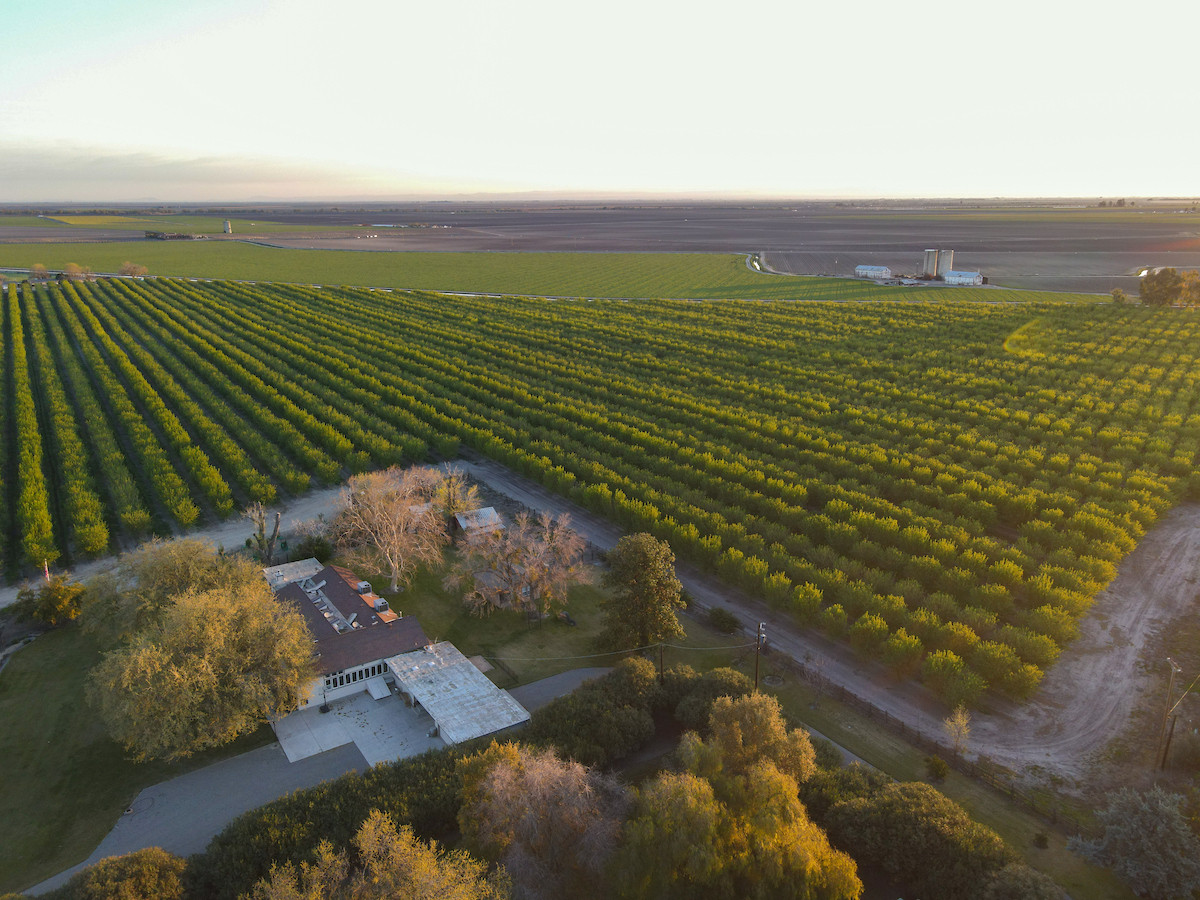
.png)
